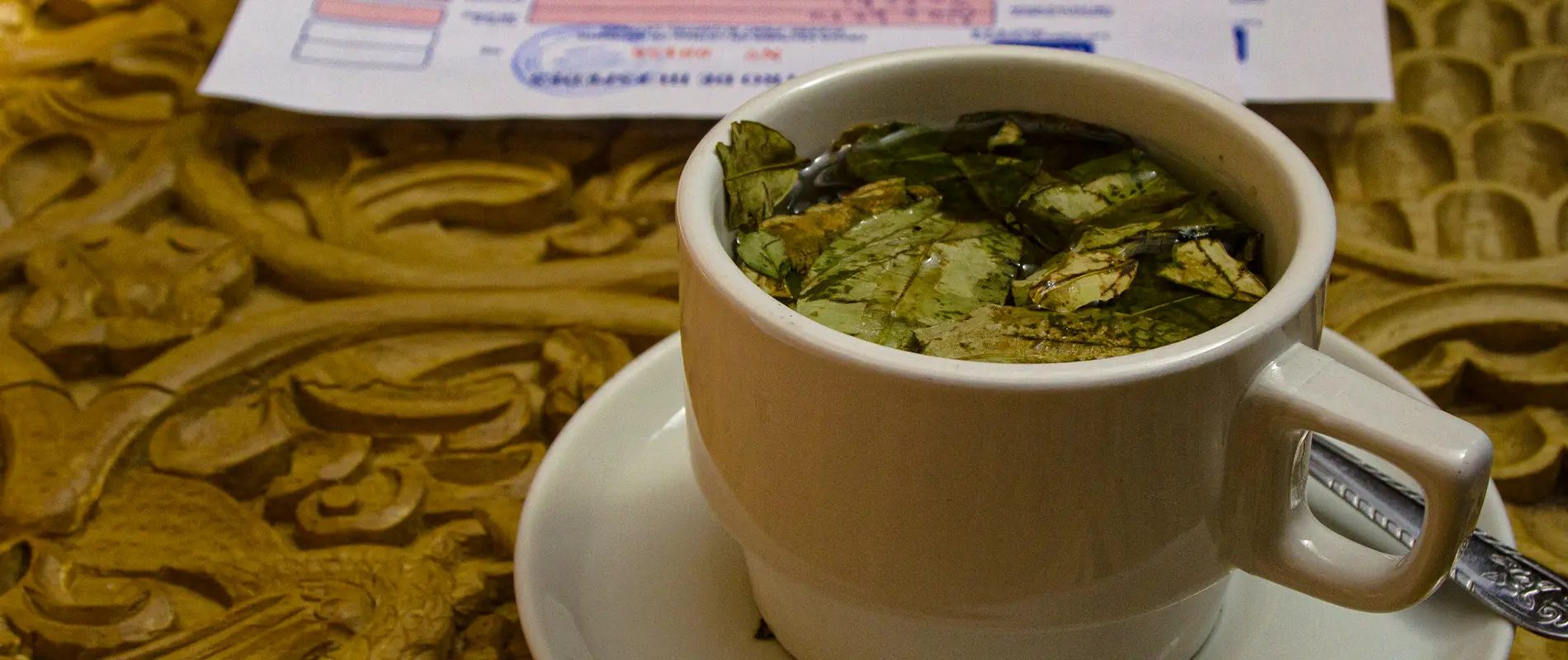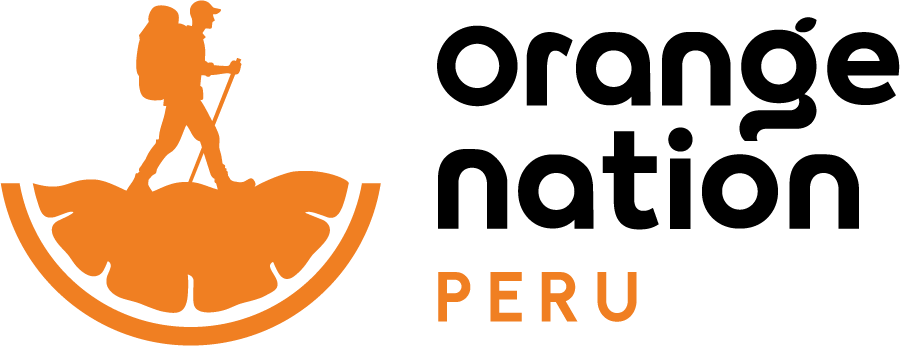Information about Altitude Sickness

Altitude sickness, also known as “Soroche”, is a condition that affects different people who wish to visit destinations with a high elevation, one of them being the Peruvian highlands.
It’s a good idea to prepare yourself properly to arrive at altitude. There is usually nothing to worry about, but taking proper precautionary steps can only benefit you.
What is the altitude of Cusco & Machu Picchu?
Cusco is a city located in the Peruvian Andes at an altitude of 3,400 meters / 11,200 feet above sea level. Now, what about Machu Picchu? One could believe, at least from the photos, that we must climb even more to reach the Inca citadel located on the Andean foothills.
However, this archaeological complex has an elevation of 2,430 meters / 7,972 feet above sea level. More than 950 meters/3116 feet lower than Cusco! Because of this, altitude sickness at Machu Picchu is not very common, as you need to go to a higher elevation to get there in the first place.
What is the altitude of the Sacred Valley?
The Sacred Valley of the Incas is located 35 km from Cusco and about 600 meters below the level of the Imperial City of Cusco. These are the exact altitudes of the towns that make up the valley:
- Pisac: 2,980 meters / 9776 feet above sea level.
- Calca: 2,929 meters / 9609 feet above sea level.
- Urubamba: 2,870 meters / 9416 feet above sea level.
- Ollantaytambo: 2,850 meters / 9350 feet above sea level.
It should be noted that not all places in the same province will have the same elevation. For example: the district of Chinchero, located in the province of Urubamba, has an average altitude of 3,754 meters / 12,316 feet above sea level.
